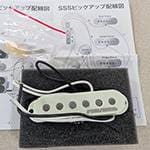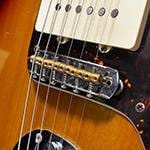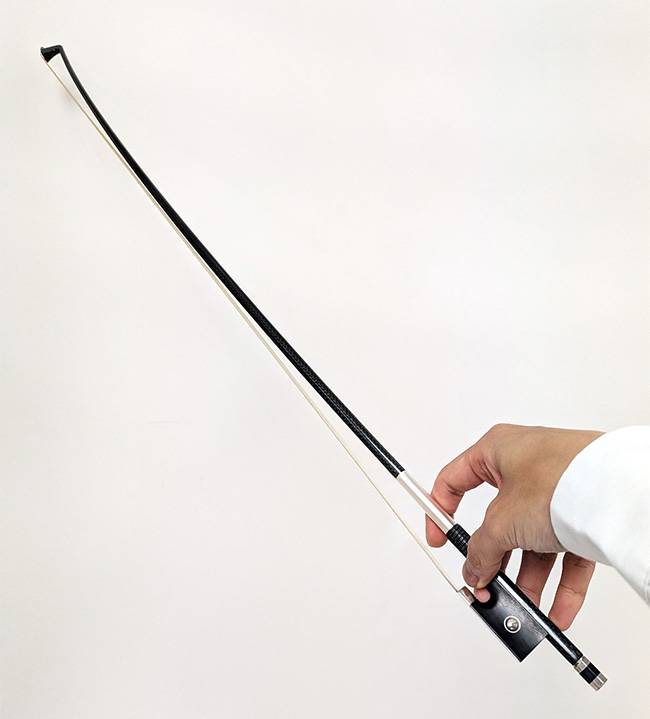
The PLAYTECH carbon violin bow, the PCV100 was just released in April 2025.
I tried it out right away, so here’s a look at how it feels to play and I’ll share some of my impressions on it.
If you're considering purchasing one, I hope this article will be helpful.
PLAYTECH / PCV100 Violin Bow Carbon Fiber 4/4
What exactly are carbon products?
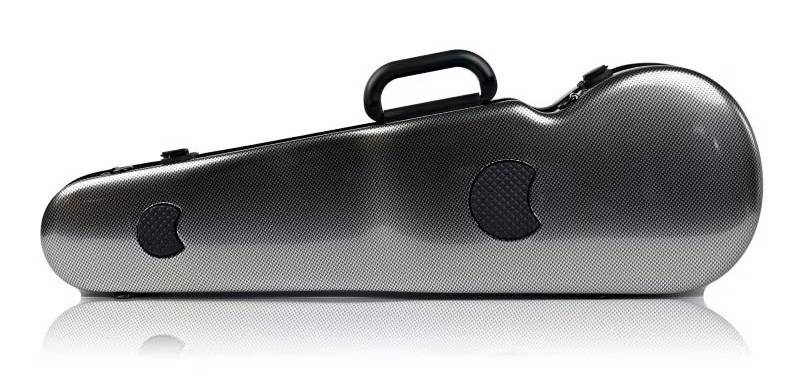
Carbon refers to the element carbon, which is symbolized as "C", and the word is said to originate from the French word carbon, meaning charcoal.
Carbon is known for being lightweight yet strong, which makes it commonly used in parts and components.
It's worth noting that "carbon" simply refers to the element itself. What’s actually used in products is carbon fiber or carbon fiber reinforced plastic (CFRP).
These materials typically feature a distinctive lattice pattern in their appearance, and the standard color is usually black.
Carbon materials shine in cases and bows for string instruments
In the world of string instruments, carbon-made instrument cases are especially well-known.
Many musicians prioritize cases that are both lightweight and durable, which is exactly the kind of application where carbon fiber excels.
When it comes to case manufacturers, French brand BAM is particularly famous and is very popular across Europe.
However, since BAM positions itself as a high-end case maker, one downside is that their products can be quite pricey...
bam / Violin Case 2002XL C HIGHTECH Carbon Black
bam / Violin Case 2002XL SC HIGHTECH Silver Carbon
bam / Violin Case 2001XL C HIGHTECH Oblong Carbon Black
What are the advantages of a carbon violin bow?
Earlier, I mentioned that carbon materials are often used to reduce weight. So, what features and benefits does a carbon violin bow offer?
First, let’s talk about weight.
When I weighed the PCV100, it came in at approximately 59.6–60.9g.
For comparison, another PLAYTECH bow, the PVB300, weighs around 61.5–62.5g.
As you can see from the numbers, the PCV100 is noticeably lighter than other bows.
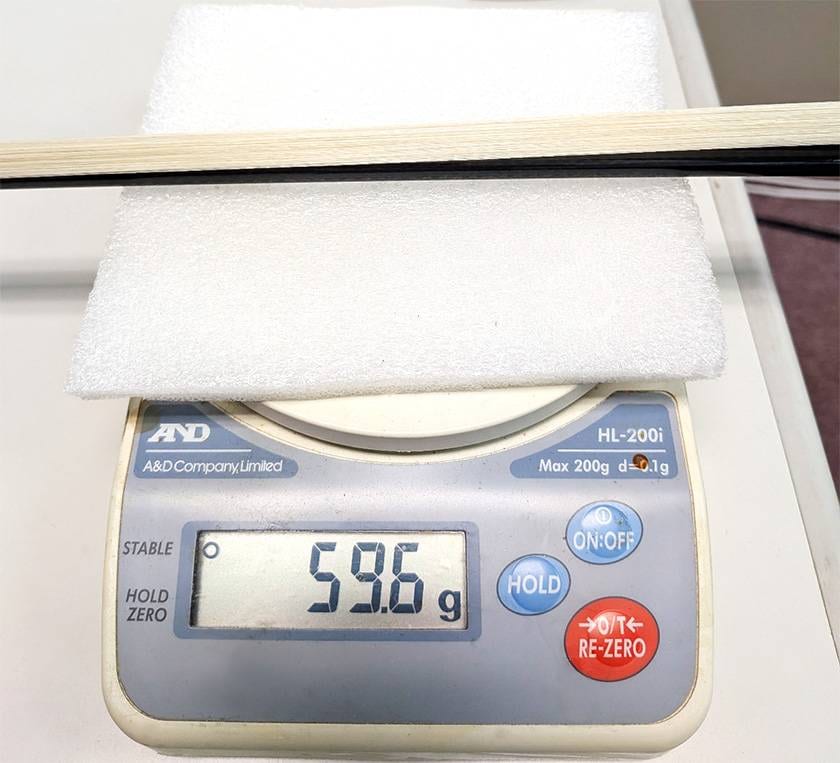
Another advantage is durability, especially in the head of the bow, which is the most prone to breaking and chipping.
Since the PCV100 is made of carbon, which also includes the head, the risk of the stick snapping is significantly reduced.
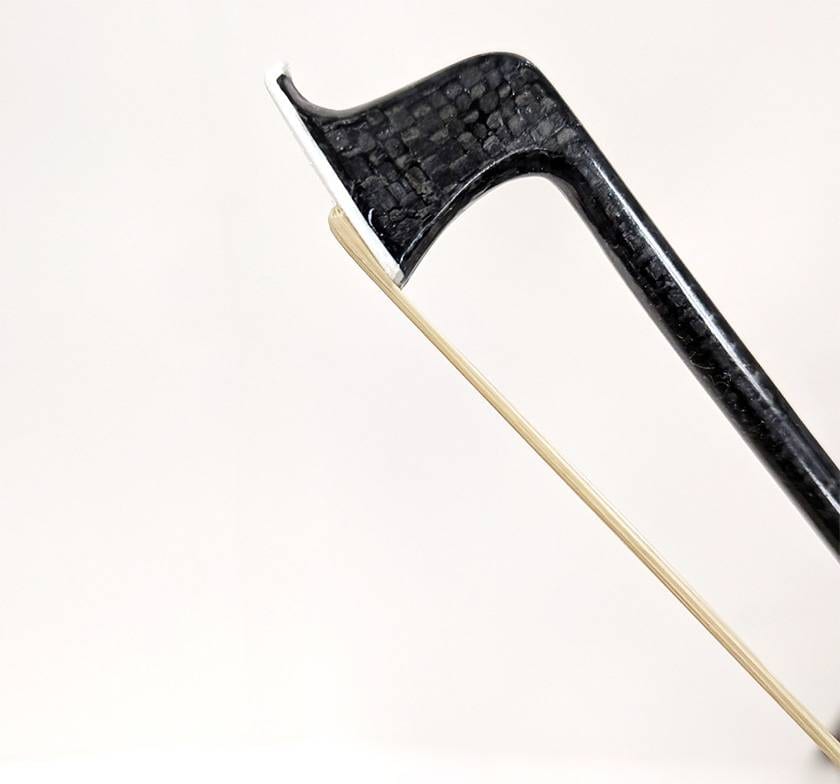
Beautifully crafted surface and slide detailing
I took some close-up shots of other parts of the bow as well.
The surface features the distinctive carbon fiber lattice pattern and the slide section showcases a beautiful shell inlay, giving it a refined and elegant finish.
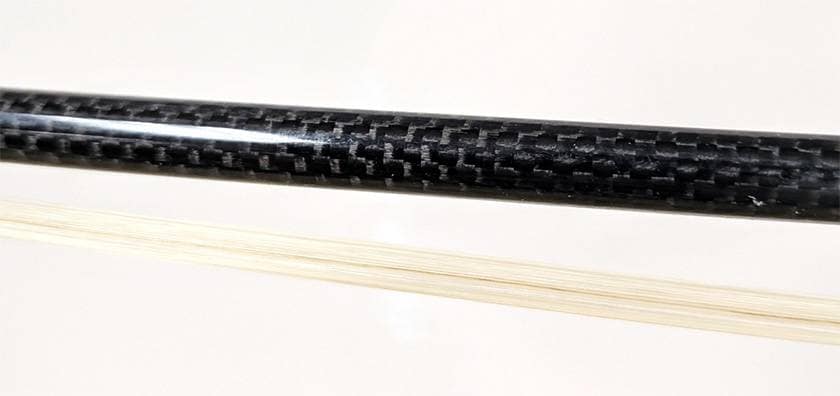
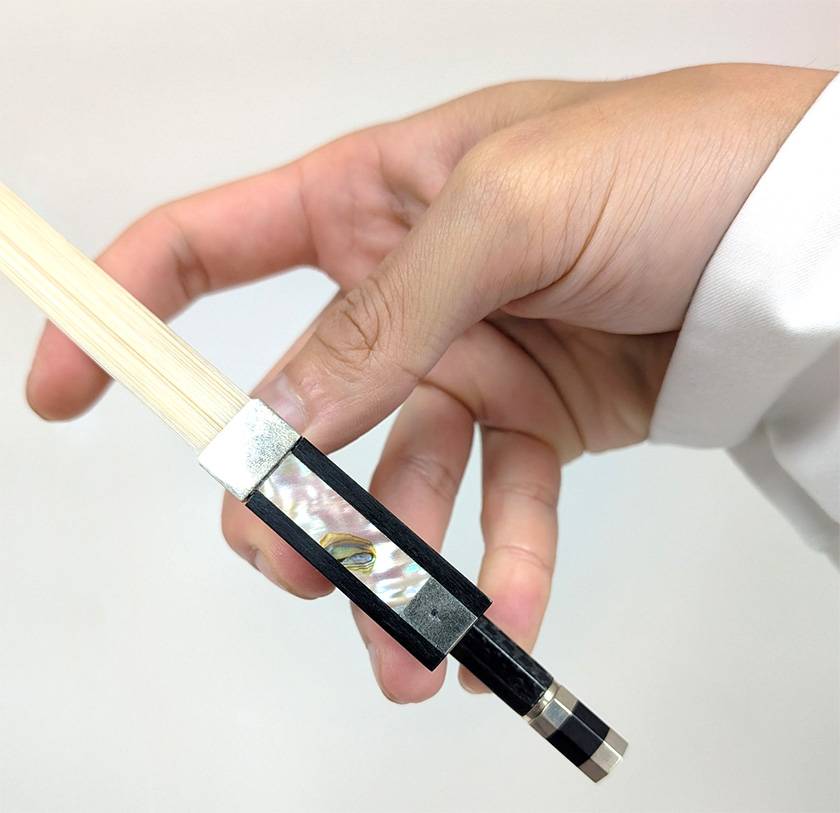
A well-balanced, easy-to-handle violin bow
I also tried playing with this bow, and the first thing I noticed was how easy it was to do string changes. While this may not be solely due to the carbon material, I believe the even weight distribution plays a big role here.
As I mentioned earlier, the bow is very lightweight. When comparing it side by side with a standard bow, the difference is immediately noticeable.
If you're looking for a light-weight bow, I highly recommend this one.

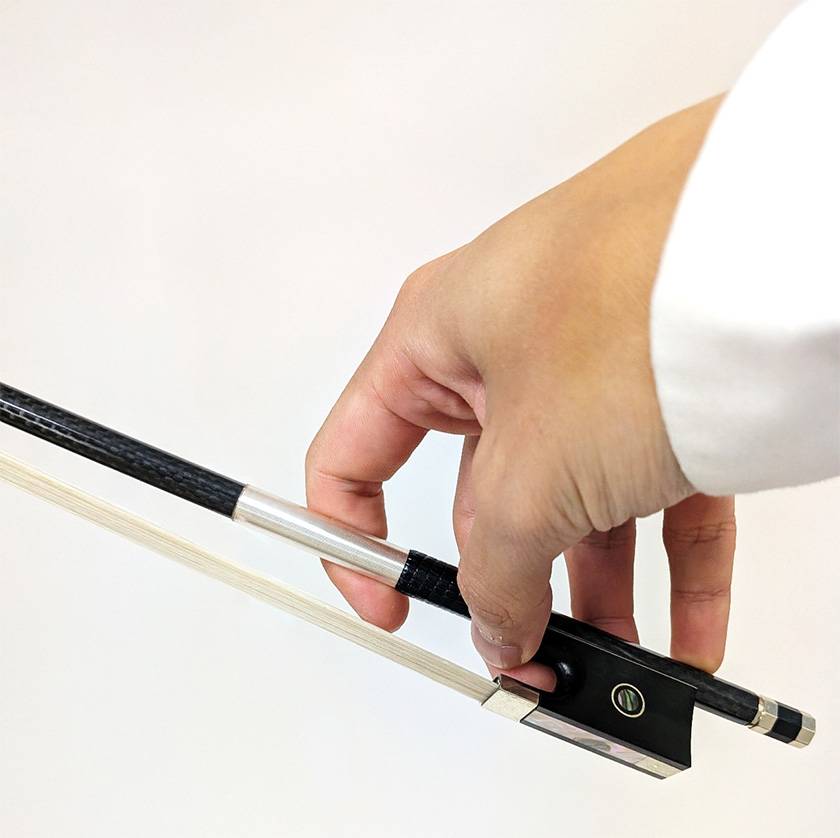
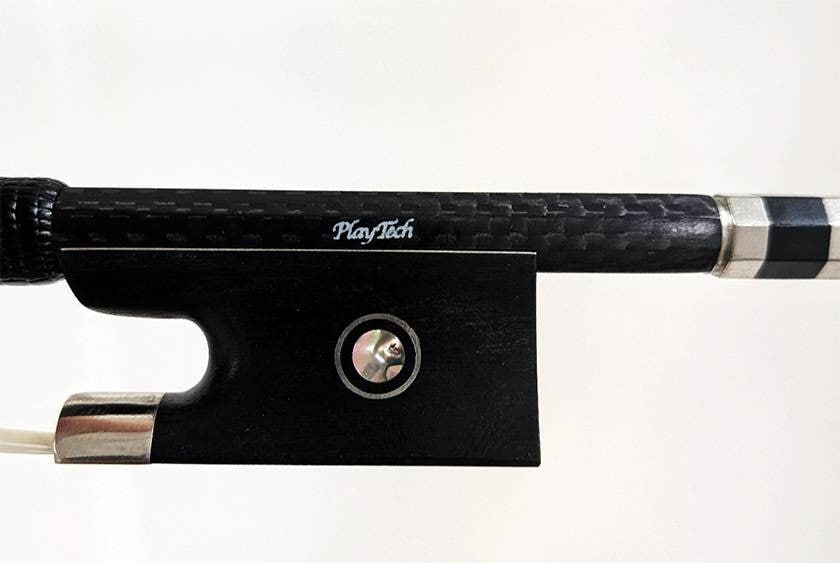
What do you think?
This time, I introduced the newly released PLAYTECH PCV100 Carbon Violin Bow.
Even if you've never used a carbon bow before, this is definitely a product worth trying at least once.
If this one caught your interest, I highly encourage you to consider trying one!





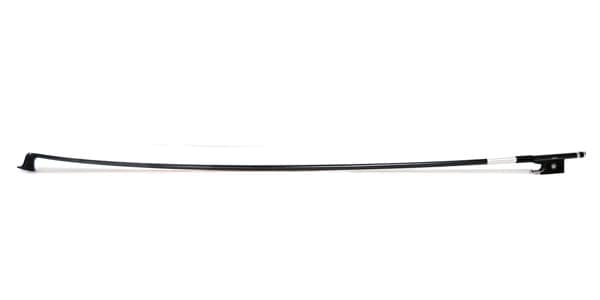
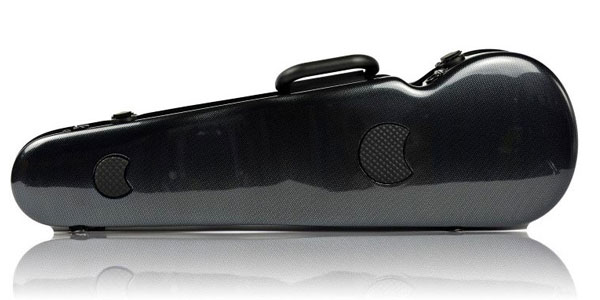
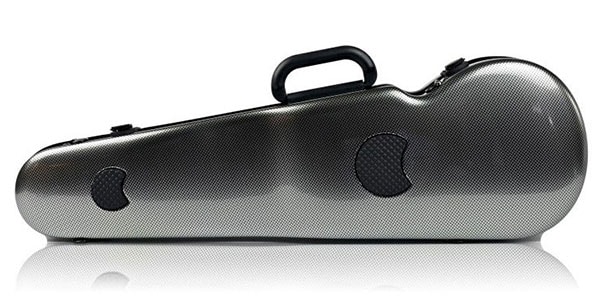
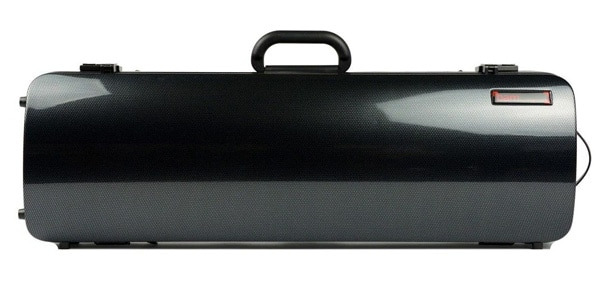



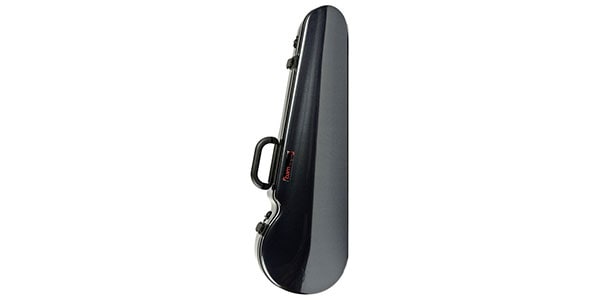
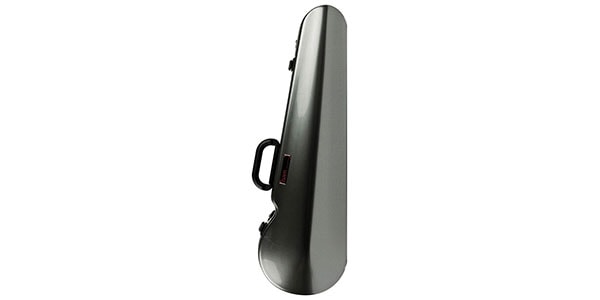
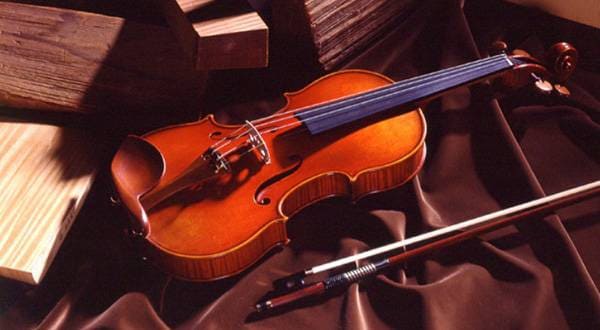
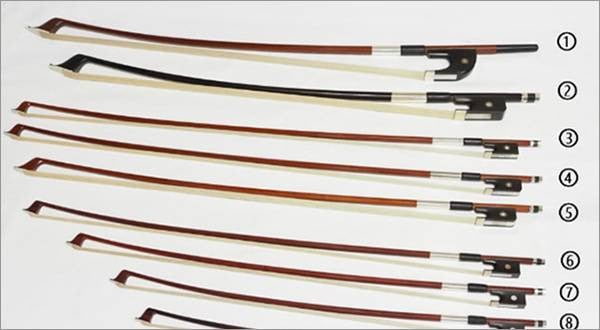
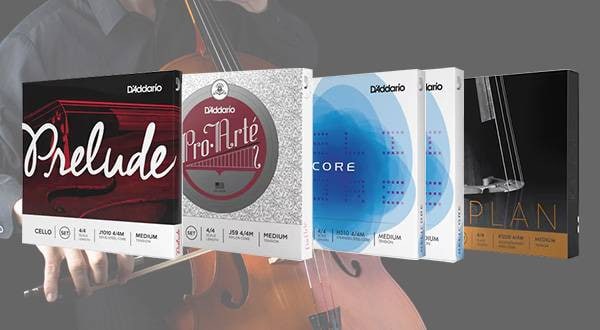
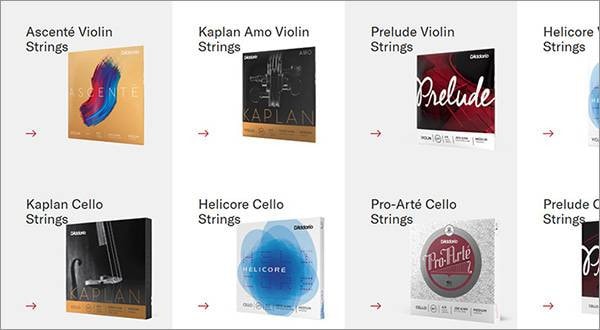
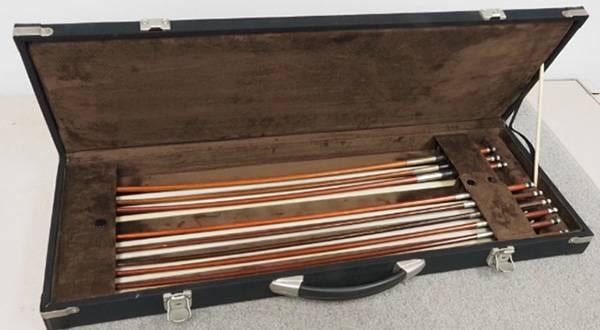
![[New for 2025!] 7 Recommended Cello Cases!](/contents/uploads/thumbs/2/2025/3/20250331_2_30980_1.jpg)
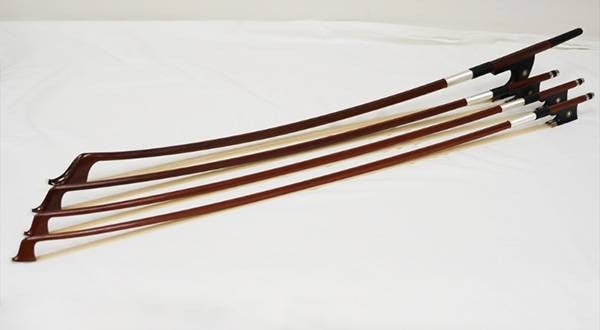
![[Violin Bows] Trying out the PLAYTECH PVB300](/contents/uploads/thumbs/2/2024/3/20240321_2_26199_1.jpg)
![[Attention, String Players!] How to properly rosin a bow and recommended rosins!](/contents/uploads/thumbs/2/2023/12/20231218_2_25008_1.jpg)
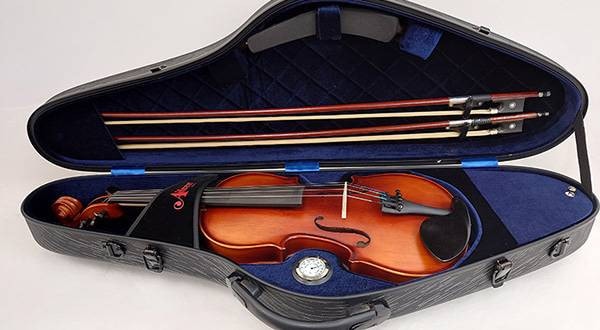
![[PLAYTECH] Round Bow vs. Square Bow Comparison](/contents/uploads/thumbs/2/2023/5/20230531_2_22832_1.jpg)
 バイオリンスタートガイド
バイオリンスタートガイド
 PLAYTECH 弦楽器
PLAYTECH 弦楽器
 バイオリンの弓の持ち方
バイオリンの弓の持ち方
 バイオリンの構え方
バイオリンの構え方
 バイオリンの弦交換
バイオリンの弦交換
 バイオリン 弓の各部名称と松脂
バイオリン 弓の各部名称と松脂



